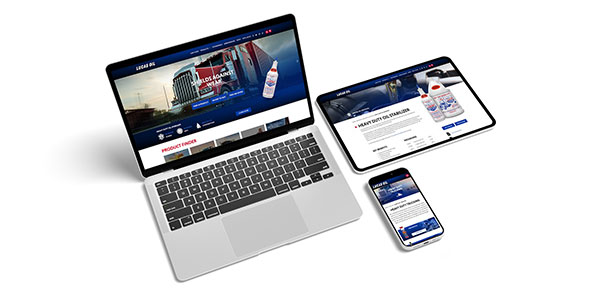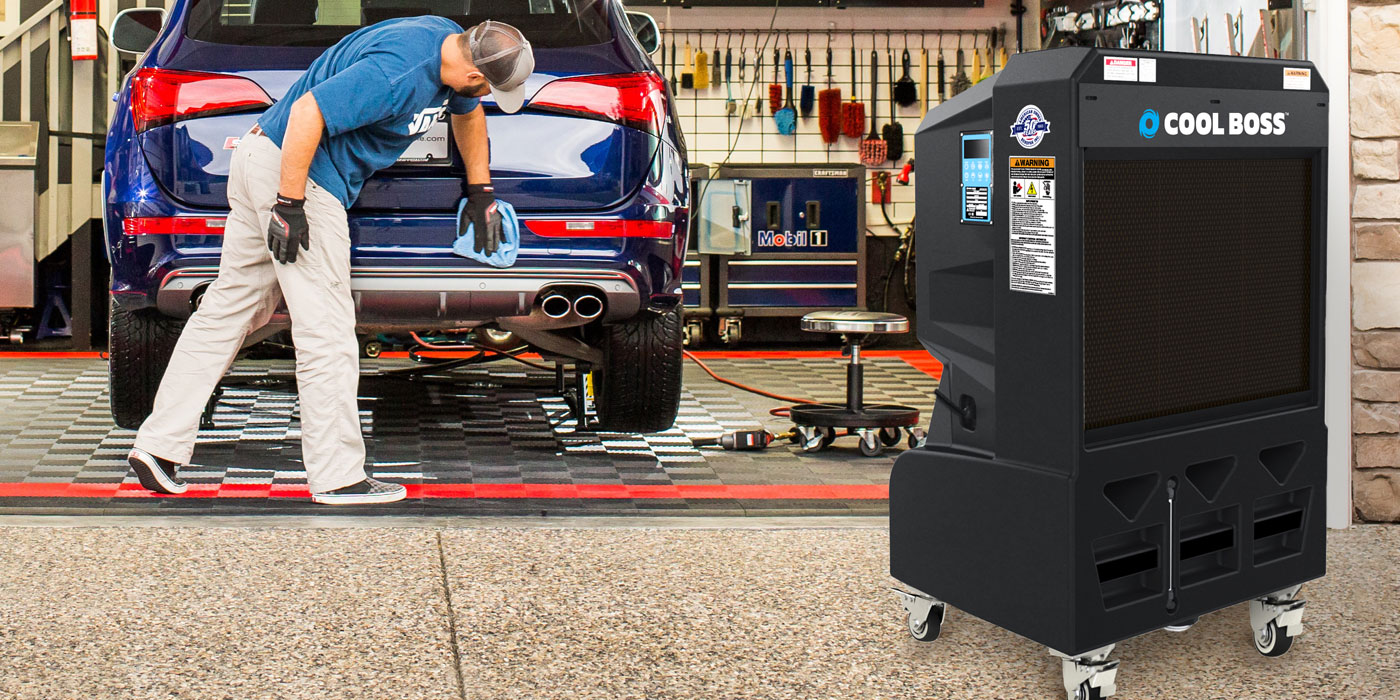Across many industries, the steady march of technical innovation has generated huge advances over the past two decades. In carwashing, even a cursory comparison of successful tunnel or bay carwashes from 20 years ago to a popular wash today would reveal many improvements. While both the old and new locations feature automated washing, today’s equipment offers a whole new level of efficiency, speed and convenience. Automation is no longer the end goal; now, every automated process must be studied and broken down to ensure low costs without sacrificing wash results.
Yes, in its simplest definition, all carwashing is based on a combination of water and chemistry. And early in the automobile’s timeline, soap and water were combined and used at home. As the numerous negative effects of home washing became apparent, highly automated washes of all formats became the norm. Now tunnels and bays around the world combine water and chemistry to create quick, satisfying and affordable car care experiences.
The march of innovation continues today with advances in chemical usage across all formats of carwashing. Today’s informed operators monitor water and chemistry mixes closely to minimize loss and maximize profits. Fine-tuning a wash’s chemistry is an ongoing process, and only through frequent checks and continued learning can an owner hope to earn higher profits and guarantee superior wash results.
The first step of fine-tuning
Consistency is an integral concept for an operator who is looking to calibrate and maintain a wash’s chemical system. Carwashes sell clean and shiny, but the businesses also need to sell consistency from visit to visit, according to Douglas A. Marquis, vice president of business development for Lustra Car Care Products. Marquis’ first recommendation is to find a reputable, well-known manufacturer that can partner with a business to generate consistency as well as performance.
Thus, the first step to fine-tuning may include some homework. Marquis suggests an owner research and find a chemical manufacturer with the following attributes:
- Has been in business for a long time
- Has a history of success nationwide in multiple segments of the industry
- Has the design and development capabilities internally to understand the variety of elements that make up the cleaning and protection processes
- Manufactures its own products
- Stands behind the products with a guarantee of performance.
After a supplier is found, the operator can contact the company and ask for support in maximizing the use of chemical products.
Not only can a chemical company provide the time, manpower and technology needed to put a system in place, the company should also provide initial and ongoing training and support service to operators. When a company works with a carwash owner, the goal is to ensure that the right chemicals are being used in the wash, and they are being used properly for the needs of that location and wash type, Marquis explains.
“If your chemical partner can’t or won’t work with you directly to train you on the usage and performance variables that are important to your business, you need to find a different supplier,” Marquis says.
Working together in the tunnel
Modern systems and programs are now available that allow operators to set and manage a wash’s ongoing use of chemistry. These options are much more advanced today than what was available even five years ago, Marquis notes. Metering technology is better, and management tools have been designed to measure to the milliliter. The systems also provide operators real-time reports and alerts on chemical usage and costs.
Further, today’s tunnels include more uses for chemistry than ever before. In balanced, managed tunnels, the chemistry works together to create a clean vehicle, but the way the chemicals actually interact can depend on a site’s specific variables. Cleaning products are designed to be used together to address specific types of soils. Once again, chemical applications technicians trained by quality manufacturers are the best at analyzing carwashes and understanding where there is or isn’t – where there should or should not be – chemical interaction.
Marquis provides these specific examples of modern carwash chemistry. While alkaline cleaners for carwashes are geared towards more oily soils, acidic cleaners tackle more of the organic, mineral-based dirt. When used in a series, a cleaning process can be designed to address the widest range of surface grime possible.
Similarly, on the backend or protection products portion of most carwashes, specific types of chemistry are used in conjunction with one another to get the best results at the best cost. Using low pH products in the body shampoo or lubrication functions, for instance, is the best way to chemically set up for effective applications of sealants and drying agents.
Carwash chemistry’s continued advances
Carwash chemistry has been advancing at a much more rapid pace than most people realize, according to Marquis. “The science behind the chemistry [at some companies in the carwashing industry] is astonishing when you understand the level of technology and research that goes into each and every product.”
Now scientists with more than 40 years of experience in surfactant chemical design are behind carwash products aimed at effectively cleaning in touch-free environments, or breaking the surface tension of water on a car’s hood by chemically lowering the contact angle of the water droplets. Marquis states that the days of “soap-is-soap” are long gone.
One example is a product introduced earlier this year that is actually a “foaming super sealant.” This example is made up of a highly hydrophobic solution that holds itself together in a sheet-like form when applied through one of the newer foam wall applicator systems, Marquis notes.
Even so, its fast-crashing foam design allows it to break down instantly when a low pressure rinse pass of some type is applied. This ensures residual foam will not get hung in the cracks and crevices. To make it even better, the treatment creates a vehicle surface structure that allows for a more successful application of Carnauba wax products, resulting in better drying and shining at reduced uses and costs for Carnauba wax.
Many locations are looking for more ways to introduce scents into the wash processes as well. Marquis says that scent choices can vary significantly regionally and even within markets from wash type to wash type. One thing that remains consistent is consumers like scents, and they like variety.
“We recommend operators look for multiple ways to bring different scents into their wash packages,” he states. “If we can get three or even four distinctly different scent experiences going in a package, that’s fantastic.” Here, making sure the changeover from one scent to another during the process is clear and distinguishable is key, and of course it’s best if the scents are complementary.
Overcoming poor water quality
Water quality in a carwash is very important, and it’s considered one of the “Six Factors of Cleaning.” According to Marquis, poor water can affect any aspect of the carwash process, but it has the greatest impact and importance as it relates to cleaning applications. Every grain of water hardness that mixes with cleaning products reduces the effectiveness of those products and requires higher usage, or other factor adjustments, to achieve the intended results.
“The bottom line is, it is much more cost effective to manage water quality than to make the other adjustments needed to counteract the negative impact poor quality water can have in a carwash,” adds Marquis.
Working with a knowledgeable carwash water quality expert to understand the needs specific of a location is important. Each wash location can have different issues related to the incoming water supply. Further, the type of wash facility itself will create a specific set of needs that must be addressed. Touchless washes have different needs than friction sites, for instance; high-volume locations create capacity concerns that other sites don’t face.
Overall, getting an expert involved with assessing the needs of the location and then designing and installing the system that is “right for the site” is a best practice. Any credible chemical supplier should be able to help an operator team up with a solid water quality partner in his or her area, Marquis notes.
Continue improving carwash chemistry
For carwash owners looking to fine-tune their chemical usage, one important fact Marquis offers is: More is not always better, and less is not always cheaper. Today’s carwash chemistry is a cutting-edge technology, not a commodity.
Marquis continues, “True, industry-leading chemical manufacturers design and develop products to achieve very specific results in the most effective and efficient way. There is an actual science behind their products, and understanding the proper use of these products is the only way to ensure that the money operators spend on chemicals provides the greatest return on investment.”
Further, quality chemicals can be the ingredients that make a wash shine and succeed. Owners should never look for cheap — instead look for special. Marquis says to find a chemical partner that understands the business and has all the tools to help provide the best product for a wash’s customers. He puts it simply, “Better chemicals. Better carwash. Better bottom line.”
Finally, Marquis stresses that operators should always plan for the future. Think about what a wash’s needs are not just today, but what they will be a year or two down the road. How about when an owner looks to open the next location or the one after that? “Ask yourself if your chemical system and provider is best positioned to grow with you and assist in all of your future chemical supply and support needs,” he concludes.
Jonathan Abrams is a freelance writer.














